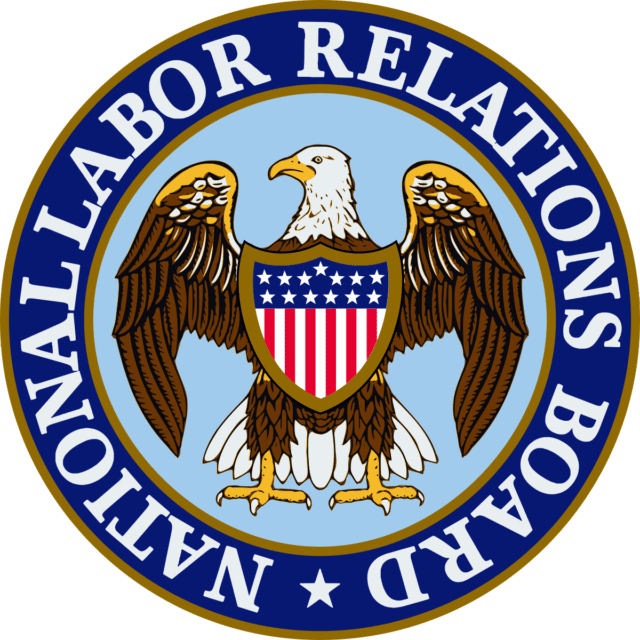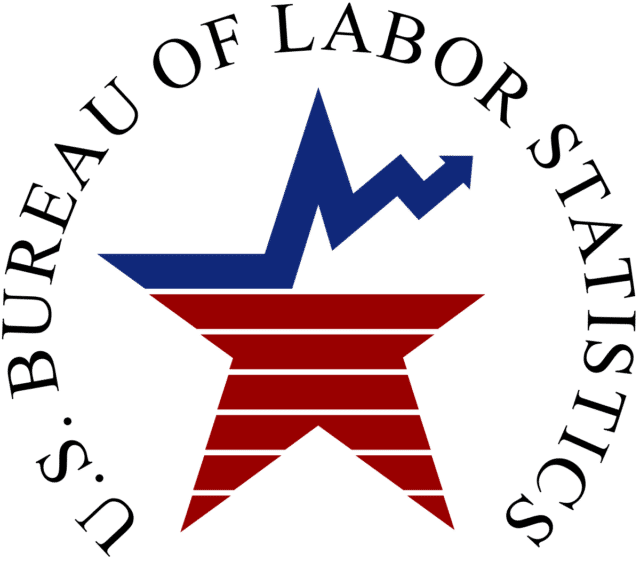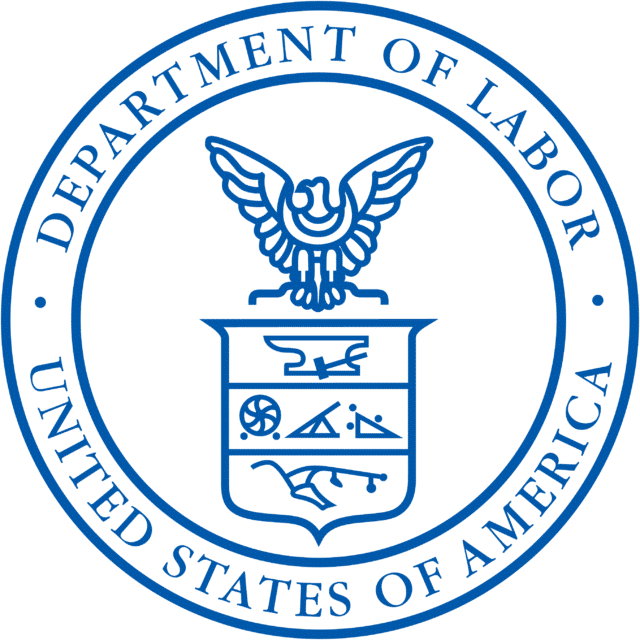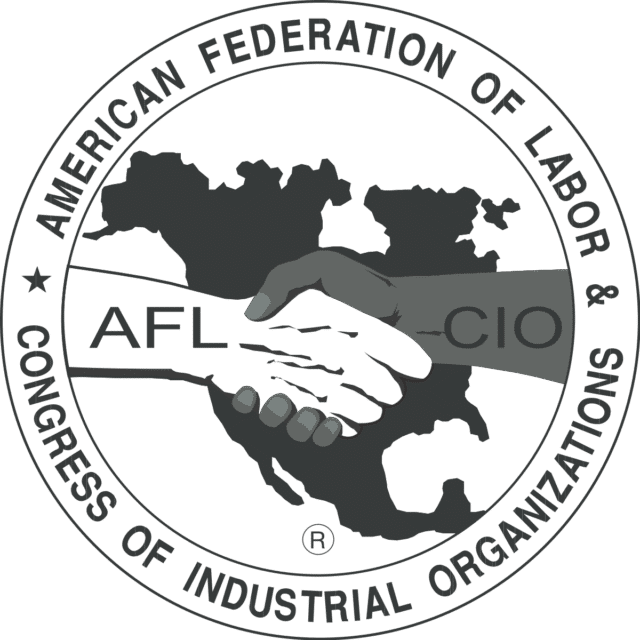Labor unions in the United States were initially formed to protect the rights and safety of employees in the workplace. Now more than 150 years later, working conditions and labor unions in America have evolved. Perspectives on unions have also evolved and vary throughout the nation. For some companies, the union climate of a potential location factors into their site selection decision. Currently, more than half of states have enacted right-to-work laws that provide employees the choice of whether or not to join a labor union, and the presence of these laws is often used by companies as an initial barometer of the potential for a unionized workforce. However, right-to-work is just one gauge, and assessing union climate entails looking deeper at a variety of union data.
UNIONIZATION
Since 1935, the National Labor Relations Act has federally granted United States workers the right to organize labor unions.[1] While collective bargaining and labor strikes occurred well before this time, the 1935 legislation turned the narrative on unionization by providing federal protection to all employees seeking to collectively negotiate the terms of their employment contract. No longer was unionization confined to the regional climate of a workforce, and effectively, even the smallest groups of employees could now unionize nationwide. To manage, oversee, and enforce the new legislation, the National Labor Relations Act signed by President Roosevelt established a new independent agency of the federal government — the National Labor Relations Board (NLRB). Today, the NLRB remains the authoritative entity of all US labor relations by conducting and overseeing union elections.
UNION DATA
As labor unions became an ingrained part of the American workforce, additional agencies recognized the impact of unionization and began tracking varying elements of union data. Consequently, in addition to the NLRB, the Department of Labor’s Office of Labor-Management Standards (OLMS), the Bureau of Labor Statistics, and several union federations now independently release annual reports regarding unionization in the United States. While the increase in the number of agencies tracking unionization may in theory seem advantageous for gaining a richer understanding of a location’s union climate, there are challenges with the functional application of this additional data because of the vast discrepancies between each organization’s independent reporting. Thus, to generate comprehensive and ready-to-use data, additional due diligence is required.




Union Affiliations
In the United States, unions exist in a hierarchy of multifaceted affiliations. For instance, a single voting unit may be unionized through a given local office. That local office, in turn, might be part of a regional union which could be affiliated with one or more national or international unions. Yet, the hierarchy of affiliation can extend even further. Across the United States, a handful of union federations exist as the collective bargaining power of several influential national unions. Best known for its substantial influence over labor legislation and for merging the two largest historical labor unions in 1955, the American Federation of Labor– Congress of Industrial Organizations (AFL-CIO) encapsulates 57 national and international unions and over 80% of all unionized workers in the United States.[2] While technically the majority of all unions are classified correctly as AFL-CIO presence in union data, generalizing at this scale fails to provide meaningful information necessary for understanding the true climate of unionization in an area. If a food manufacturer concerned with unionization by the United Food and Commercial Workers International Union (UFCW) is seeking to locate in a community, obtaining a generalized report showing 45 AFL-CIO offices is not helpful if most of those offices are more specifically occupied by, for example, the American Postal Workers Union (APWU) — an affiliate of the AFL-CIO.
Inversely, the information published by the NLRB disadvantages data users by over-specifying the union organization in an election result. For example, the NLRB typically reports an election case with the most localized title of a labor union. Effectively, this means a data user unfamiliar with the network of union affiliations could mistakenly interpret a union election as unimpactful. This presents a problem since the affiliated union election could in actuality represent activity by one of the most influential union federations. To accurately interpret the data and grasp the level of influence a local union possesses, additional insight is required.
Union Offices
Union offices data conveys both the quantity and industry of union organizations in a location. Understanding the number of offices and member size of an organization in a given location provides insight into the prevalence of labor unionization in a community. Similarly, awareness of what types of industries unionize in a location provides invaluable knowledge to potential employers as to whether their field of work is likely to be impacted by unionization. These data points are particularly important to site selectors and economic developers because the information derived helps them understand union climate relative to the specific site selection client(s) and industry(ies) they are serving. While a particular location may have a high count of labor organizations, if the primary industry of those organizations revolves around, for example, medical workers and first responders, a manufacturing employer may not be impacted despite the concentration of union offices at large.
Union offices data can also provide insight into union trends and be an indicator of potential union influence. If several new local offices appear over time, it may indicate growth of labor representation in the area. If a national labor union headquarters is present in a location, there may be an increased level of community influence and persuasive political lobbying. Knowledge of both the quantity and type of union offices in a location is key to developing a comprehensive understanding of the union climate.
Union Elections
Union elections data are a separate but equally important component of understanding unionization. Published monthly by the NLRB, union elections data conveys the extent of organizing activity in a location. By understanding the number of union elections that have occurred in a location under consideration and the quantitative value of elections won and elections lost, the likelihood of future unionization can be more accurately assessed. However, the individual reports published by the NLRB lack the geographic specificity needed for a thorough assessment of activity in a location. Additionally, individual reports only provide a snapshot in time and therefore do not convey union elections’ trajectory. Thus, a compilation of months and years of geocoded union election reports is essential for a thorough assessment of election trends.
ASSESSING UNION CLIMATE
While there is a significant amount of union information available in the public realm, the limitations described above make it difficult to use raw data in a meaningful way during the site selection process. To overcome these challenges, Quest has conducted extensive research and developed a proprietary database that encompasses a ten-year rolling history and reconciles the intermittent lack of specification by the OLMS and the over-specification by the NLRB. Leveraging our internal database, Quest is able to assess the union climate of a particular location by evaluating the union offices (an indicator of union presence) and union elections (a gauge of union activity). Combining these elements into a union report and creating maps that visually portray the data relative to the specific site(s) under consideration, Quest provides a comprehensive understanding of a location’s union climate.
1 https://www.nlrb.gov/about-nlrb/who-we-are/our-history/1935-passage-of-the-wagner-act
2 https://aflcio.org/about-us
Quest Site Solutions’ research team dedicates extensive efforts to collecting raw labor union data, cleaning and validating the information, and assigning spatial locations. We maintain this comprehensive and ready-to-use database of labor union presence and activity to assist companies in making informed location decisions.